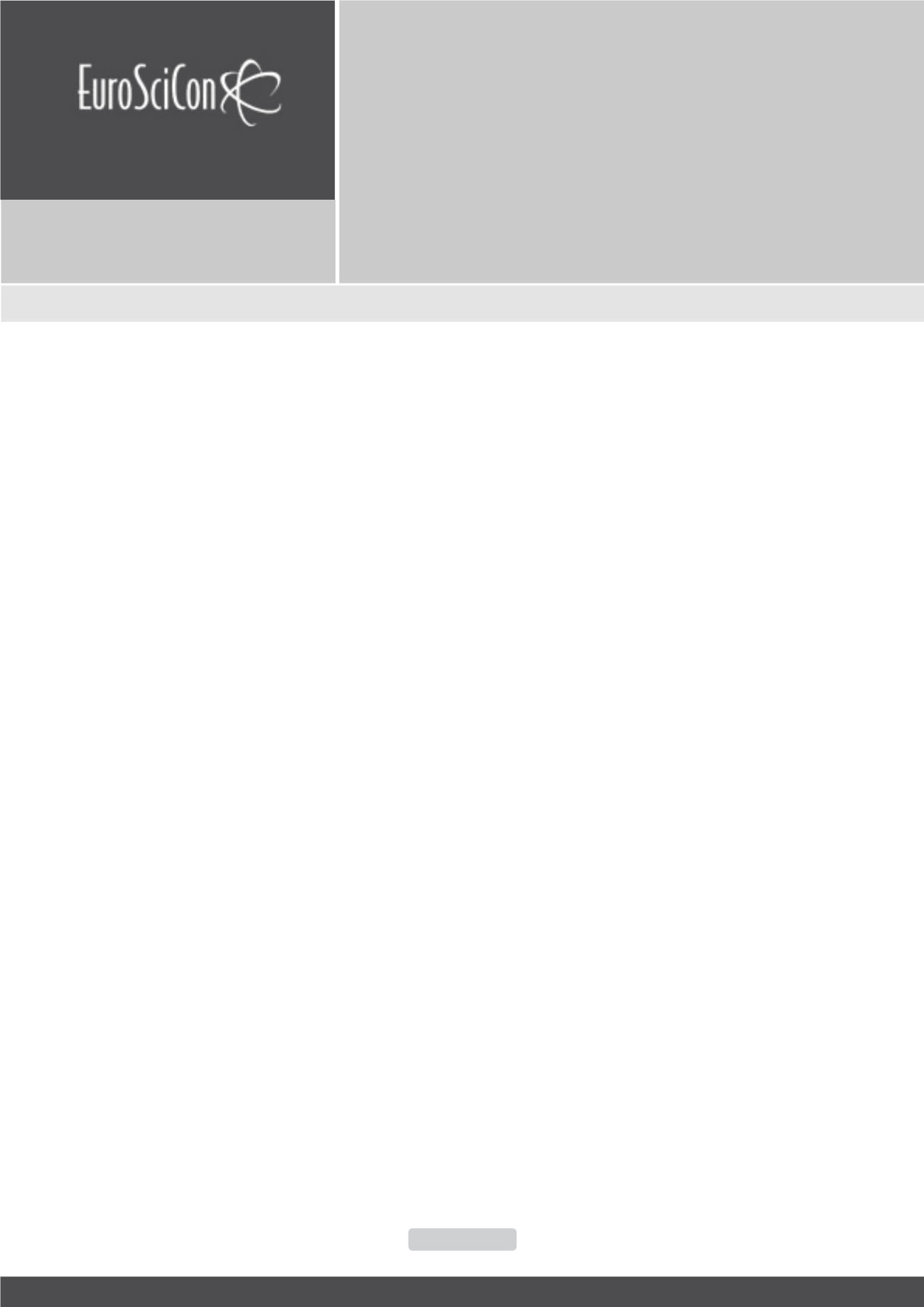

PCOS 2018
Journal of Clinical and Molecular Endocrinology
ISSN: 2572-5432
Page 43
June 07-08, 2018
London, UK
4
th
World Congress on
Polycystic Ovarian
Syndrome
P
olycystic ovary syndrome is a disease which is recently
reported in one out of five women in genital ages are involved
(1); Author separates that polycystic ovary (PCO) belongs to a
pre-clinical condition which appears delayed menstrual circles,
even amenorrhea in some time; and Polycystic Ovary Syndrome
(PCOS) is a disease which has been exploring a sexual hormonal
disorder; both being gradually increasing incidences which have
become common causes of infertility. Among them, women with
severe PCOS are few, most of ladies lie PCO which is a gentle
state. Author identifies PCO and PCOS in three patterns: 1) Qi
deficiency of spleen and kidney, accumulation of fluid and stasis
of blood; 2) Kidney yang deficiency and accumulation of fluid
and phlegm; liver qi stagnation and blood stasis, according to
the clinical approach of TCM (traditional Chinese medicine) and
manage an effective treatment to regulate menstrual circle and
assist a pregnancy through acupuncture and Chinese herbal
medicine. Treating methods and typical cases which are treated
in the UK have been reported. Conclusion is that managing the
treating methods of TCM and taking diagnostic references from
conventional western medicine (CWM) can make the treatment
more distinctive and effective. Themethod of integratedTCMand
CWMwill raise efficacy of TCM rather than following its traditional
way. TCM will appear its advantage to treat the pre-clinical stage
of a severe disease and bar the organic disease’s occurrence,
hence helping women getting their regular menstrual cycles and
successful conceiving.
djiang52@hotmail.comTCM treatment of polycystic ovary and polycystic ovary
syndrome
Dan Jiang
1, 2
1
Middlesex University London, UK
2
Hallam Institute of Chinese Medicine Sheffield, UK
J Clin Mol Endocrinol 2018, Volume 3
DOI: 10.21767/2572-5432-C1-003
















